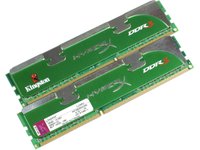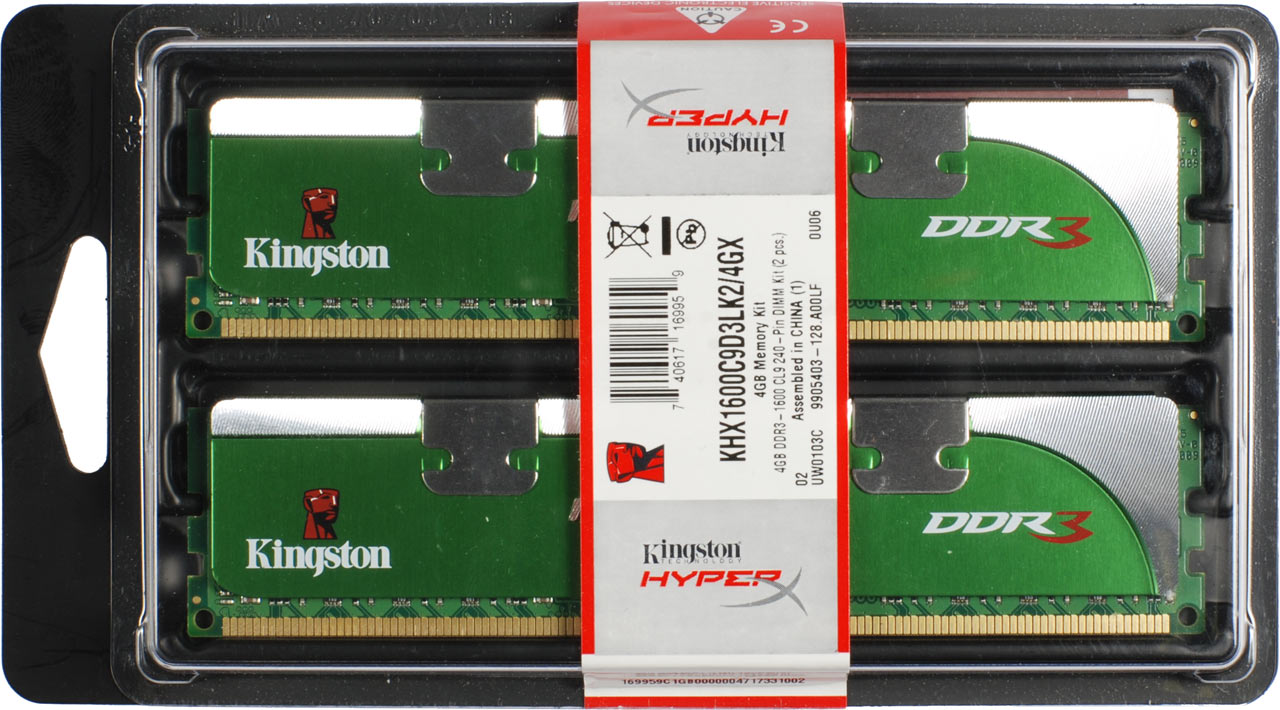How Much Power Does Low-Voltage DDR3 Memory Really Save?
Kingston’s HyperX LoVo-series DDR3 memory allows users to reduce voltage to 1.35 V or 1.25 V in order to save power and allegedly decrease system temperature. We test the eco-friendly modules to find out if it really makes sense to run undervolted memory.
Low-Power RAM: Kingston HyperX DDR3 LoVo
LoVo-series kits consist of two 2 GB DDR3 modules for a total memory capacity of 4 GB. All LoVo products are capable of running common memory speeds at decreased voltage. There is a DDR3-1800 kit that can run at 1.35 V as opposed to 1.5+ V (KHX1800C9D3LK2/4GX). Another kit runs DDR3-1333 at only 1.25 V, and a third product (the one we tested) can either do DDR3-1333 at 1.25 V or DDR3-1600 at 1.35 V. Finally, a limited-quantity premium version can do DDR3-1866 at 1.35 V or DDR3-1600 at 1.25 V. This sounds impressive, but knowing that the DDR3-1333 1.25 V kit is already $169 and DDR3-1800 at 1.35 V is $175, you can bet that the premium version is beyond $200.
All LoVo kits are specified to run at CL9-9-9-27 timings, which is a requirement for low-voltage operation (and fairly loose, as far as timings go). More aggressive timing parameters typically require higher voltages. Then again, if you want low power, you're usually willing to trade at least a bit of performance. Fortunately, there's little to trade, since the effective difference between DDR3-1333 and DDR3-1600 is negligible. We did find some differences between 1.25 V and 1.35 V, but the results are more apparent in benchmarks than the real world. In the end, the memory voltage setting has no direct impact on performance, and DDR3-1600 will give you a slight advantage over DDR3-1333.


There are more interesting differences in power consumption, though, which brings up back to the LoVo series. Idle power decreases only by 0.5 W when going from 1.5 V to 1.35 V and by another 0.5 W when switching to 1.25 V. This isn't much, but considering that the rest of the system remains unchanged, it's something. Peak power decreases from 178 W and 180 W at 1.5 V (DDR3-1333 and -1600 speeds) to 174 W and 177 W at 1.25 V and 1.35 V. While these numbers are certainly not very relevant to desktop PCs, the measured power consumption differences can become important once you start to power-optimize all other system components. At the end of the day, a few watts difference on a low-power desktop PC like our 25 W Core i5 system becomes quite relevant.
Get Tom's Hardware's best news and in-depth reviews, straight to your inbox.
Current page: Low-Power RAM: Kingston HyperX DDR3 LoVo
Prev Page LoVo Means Low Voltage Next Page Test System Details